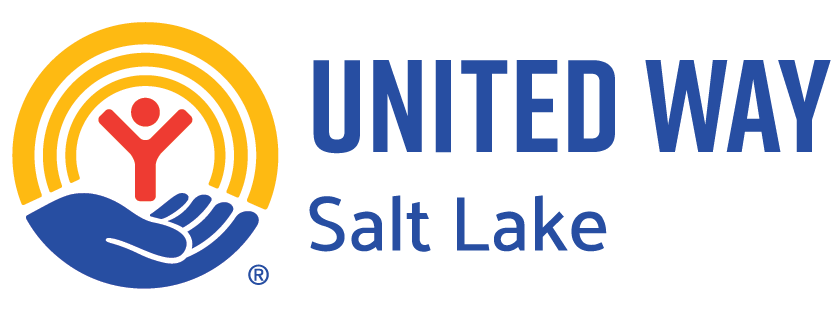 by Stephanie Rokich
by Stephanie Rokich
Community Volunteer Engagement Coordinator
This is the third post in the Community Volunteer Engagement Blog Series.
In this series, we’ve talked about why people choose to volunteer and how to begin volunteering. Now, here’s a story from one volunteer at Guadalupe School, about the impact she is able to have through her volunteer work.
 Did you know that Guadalupe School offers an Adult English as a Second Language program? The program has existed since 1966 and supports 300 adult students per year. Once these students graduate from the program, they are better prepared to find good jobs, support their children, and manage day-to-day life. It wouldn’t be possible, however, without the support of 160 volunteer teachers to run small groups and support students. Janet Felker is one of Guadalupe’s super-star volunteers.
Did you know that Guadalupe School offers an Adult English as a Second Language program? The program has existed since 1966 and supports 300 adult students per year. Once these students graduate from the program, they are better prepared to find good jobs, support their children, and manage day-to-day life. It wouldn’t be possible, however, without the support of 160 volunteer teachers to run small groups and support students. Janet Felker is one of Guadalupe’s super-star volunteers.
“I tutor at Guadalupe because I really enjoy the students and staff. The students are my biggest motivation. Most of them work all day, have homes and families to care for, and still manage to get themselves to class two nights a week. If they can do it, certainly I can! I get energized by the students’ interest and eagerness to learn. We also have a lot of fun, laughing at pronunciation and my inability to explain crazy aspects of the English language.”
Janet knows that the time she spends tutoring students makes a big impact in these adults’ lives. By spending just twice a week with students, she is able to help them learn English, navigate the system, and be more successful in their lives as access better jobs and support their families.
If you’ve thought of volunteering as a tutor, Janet also has these tips for you:
- Come early to review the lesson plan and read the exercises. That way, you will be able to greet the students as they come in rather than being preoccupied with preparing. Knowing ahead what the lesson is about helps me think about how to introduce new concepts.
- Spend time at the beginning or during break getting to know your students. I often go around the table and ask students to tell me something about their family, country or interests. Or I get the group to ask questions of each other about their day or week.
- Check for understanding frequently. If a reading passage has a picture, I ask students to describe the picture before reading. I ask questions after every paragraph of a reading rather than wait until the end. This way, they are better prepared to respond to the written questions in the handouts.
- Establish traditions or regular habits. We often have visitors or new students join our group. I require each of my students to ask the visitor or new student two questions about themselves. This helps with conversation skills.
For more information about Guadalupe’s Adult Education Program, visit the program’s website. Sign-up to volunteer by contacting Kate at kate@guadalupeschoolslc.org or 801.531.6100.
Stay tuned for next month’s Community Volunteer Engagement post on when to call it quits!

